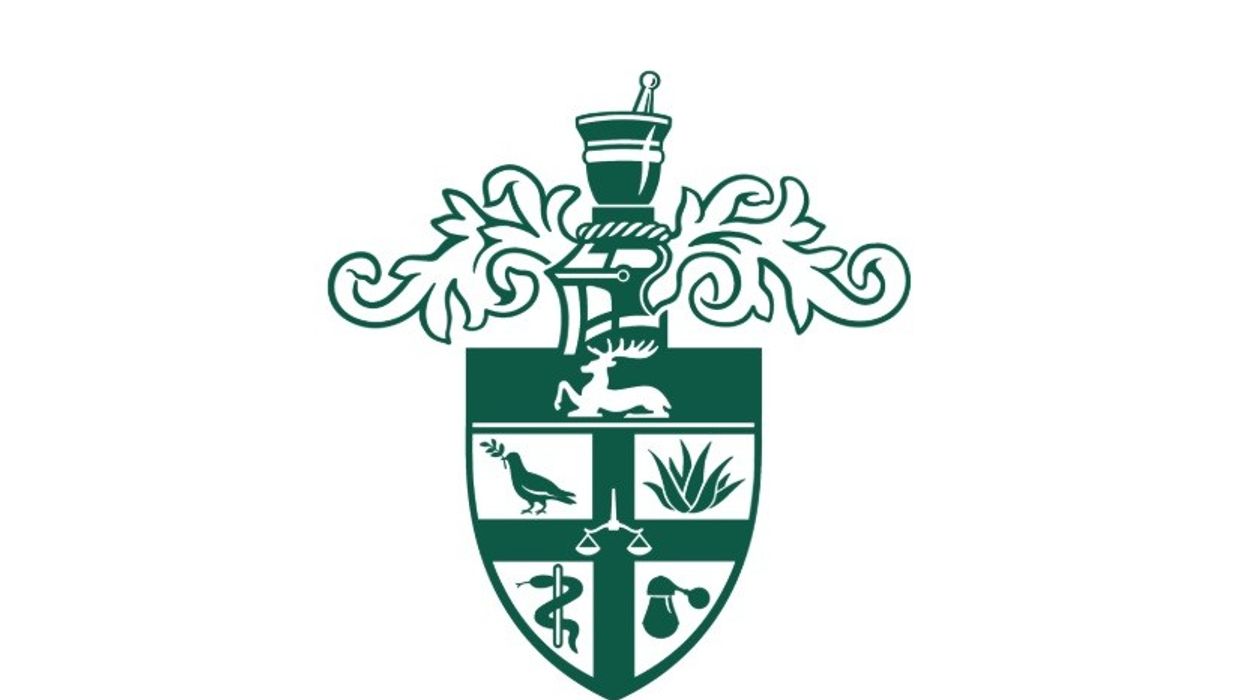NPA warns that England faces a material threat to the availability of vital medicines if “a decade of underfunding and pharmacy closures” is not addressed
Rural areas have been hit the hardest by a wave of pharmacy closures over the past two years, according to a new analysis by the National Pharmacy Association (NPA).
The analysis published today revealed that nearly nine in ten council areas across England have suffered the loss of vital pharmacies and warned that many rural areas risk becoming "pharmacy deserts" if the current closure rates continue.
Additionally, the NPA, which represents independent community pharmacies, warned that England faces a significant risk to the availability of essential medicines if “a decade of underfunding and closures” is not addressed.
It is calling on the government to reverse the 40 per cent real-terms cuts to community pharmacy budgets over the past decade, which have led to the closure of over 1,500 pharmacies and forced many others to reduce their opening hours.
NPA Chief Executive, Paul Rees said: “These shocking statistics show how a growing number of areas are at risk of becoming pharmacy deserts, with people in rural towns and villages having to travel longer and longer distances to get hold of the medication they need.
“Many pharmacies are on the brink because of a decade of real term cuts, creating a material threat to the security of medicine supply in some areas if closures continue.”
The analysis examined the number of pharmacies in each council area compared to their population and revealed several concerning trends.
In the past two years, 87 per cent of council areas have witnessed at least one pharmacy closure.
Rural areas are disproportionately affected, with 17 out of the bottom 20 areas for pharmacies per 100,000 people are councils covering rural areas.
Among the 20 council areas with the lowest pharmacy provision, 95 per cent have experienced at least one pharmacy closure in the last two years.
Council areas with higher levels of deprivation have seen the most closures during the period, further exacerbating health inequalities.
Notably, 80 per cent of the top 20 areas for closures have higher than average levels of deprivation, including Plymouth, North East Lincolnshire, Liverpool and Torbay.
The analysis showed that West Berkshire has the lowest number of pharmacies per 100,000 people in the country, shortly followed by Central Bedfordshire, Wiltshire and Oxfordshire, with all areas having seen pharmacies close in the last two years.
Ironically, West Berkshire, the area with the lowest pharmacy provision in the country, has over four times fewer pharmacies per 100,000 people compared to Westminster, the area with the highest provision.
Plymouth has seen the highest number of pharmacy closures per 100,000 of its population, with York, Liverpool, Darlington and Wakefield all close behind.
The analysis also found that over 90 per cent of an average community pharmacy’s income is dependent on funding from the NHS, including for the dispensing of medication and the Pharmacy First programme.
The NPA expressed concern that, without urgent action from the government, many rural areas could be left with little or no pharmacy provision at all, potentially forcing vulnerable or elderly residents to travel long distances to access essential medications or treatment.
Rees highlighted that the higher rate of pharmacy closures in deprived council areas has undermined government post-pandemic efforts to tackle health inequalities.
“The government needs to act now to stabilise the pharmacy network and lay out a routemap for a properly funded future or they will put the supply of medicine to some areas at risk,” he said.
Rees urged Ministers to provide pharmacies with a new deal to fix the “current broken contract”, which could halt the closures and allow pharmacies to deliver first-class accessible healthcare on people’s doorsteps.
Commenting on the NPA analysis, Janet Morrison, Chief Executive of Community Pharmacy England (CPE), stated that the financial and operational pressures are becoming “unbearable” for community pharmacies.
She noted that community pharmacies are “the front door to the NHS, providing critical health services and relieving pressure on GPs and other primary care services.”
However, pharmacy funding has been cut by 30 per cent in real terms since 2015, forcing many to close, especially in deprived communities and many rural areas.
There have been over 1,000 pharmacy closures since 2016, with local communities across England losing vital services, according to Morrison.
“This is a number that is simply too many. Pharmacy owners don’t want to close their businesses, but without sustainable funding, many have no choice,” she said.
Morrison stated that this analysis serves as yet another clear warning to the government and the NHS that things cannot continue like this.
She emphasised the need to prevent further closures by investing in community pharmacies and offering a sustainable funding model.
“Without this, patients, especially the most vulnerable, will find it increasingly difficult to access essential medications and healthcare services,” Morrison added.













